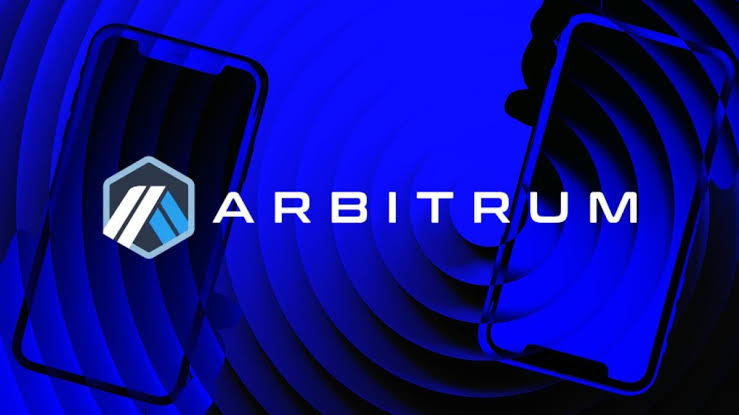
Arbitrum Unveils BOLD for Advance Ethereum Second Layer
Arbitrum’s Bounded Liquidity Latency (BOLD) mechanism on the testnet, aims to enhance Ethereum’s second layer scalability and security.
An approach to scaling Ethereum’s second layer In order to achieve the project’s Stage 2 goals of improving rollup security and fostering broader accessibility, Arbitrum has introduced the permissionless verification mechanism “Bounded Liquidity Latency” (BOLD) on the testnet.
Court of Law BOLD is a dispute resolution system that incorporates interactive fraud proofs for optimistic rollups, enabling permissionless validation of Arbitrum chains. With the addition of a fixed maximum for conflicts and a new, all-inclusive dispute design, BOLD improves upon Arbitrum’s current fraud proof system. By utilizing BOLD, you may rest assured that even a single trustworthy party can protect Arbitrum’s status and triumph over hostile actors in any dispute.
In order to validate withdrawals back to Ethereum and help with network security, the protocol offers permissionless validation, which is a benefit to users. It also strengthens overall security and gives them a system that can resist delayed assaults. To top it all off, it makes it easy to pool funds for changes, which means Arbitrum may defend itself from illegitimate claims and even fight those filed by third parties.
They plan to do additional comprehensive testing of BOLD. The next step is to propose a decentralized autonomous organization (DAO) to enhance Arbitrum Sepolia and launch it in the late spring of 2024. If their DAO authorizes the upgrade by the summer of 2024, it will extend to Arbitrum One and Nova. Adopting the Nitro software stack is expected to instantly grant orbit chains all the benefits and security afforded by BOLD. Eventually, arbitrum chains will switch to BOLD from their current permissioned fraud proof system.
Rollup Evaluation Plan Revealed by Vitalik Buterin, Paving the Way for Improvements to Ethereum’s Layer 2 Security
The community can better grasp the level of trust in Rollup’s centralized players or transparent code thanks to an evaluation strategy that Ethereum co-founder Vitalik Buterin has disclosed. Here we break down the rollup into its component parts and classify them as Stage 0, Stage 1, and Stage 2. Getting to Stage 2, where you have to take off all the “training wheels,” is the main goal of the rollup in terms of safety.
BOLD can help advance Arbitrum along this trajectory. The attainment of permissionless validation is a significant step towards their goal of being classified as a Stage 2 rollup, which is the most advanced and mature level of rollup technology. Anyone can win conflicts against bad actors by validating and bonding their cash with BOLD and posting truthful Layer 2 state statements.
